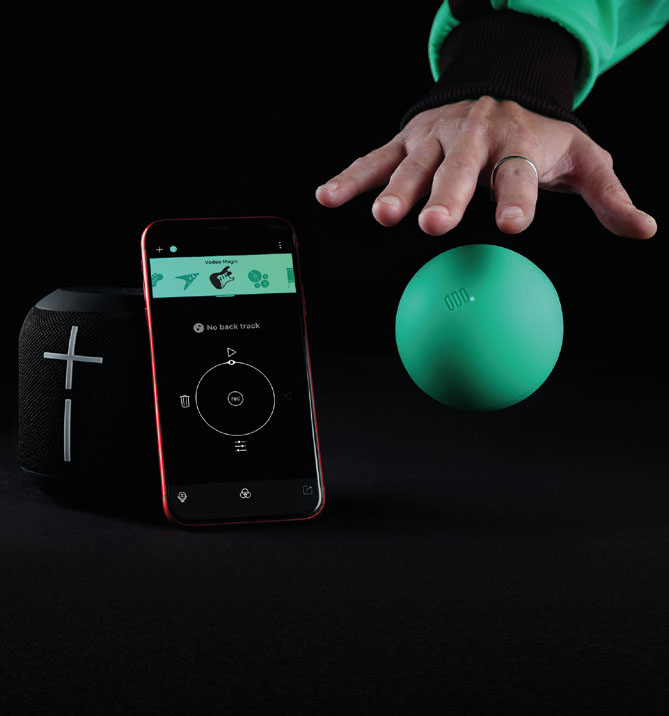
When I was first asked to write this article, I had to take a moment to think about it. The commission was to consider how technology can be used to support inclusion and accessibility – and I one hundred per cent believe that it can, but I wasn't sure that I was the right person to be writing it.
There are amazing organisations such as Drake Music, Noise Solution and Changing Tracks that use technology as part of their inclusive practice, and I didn't think I could add anything on top of what they already do. However, I realised that as a non-specialist in this area, this was a great opportunity for me to educate myself in what was happening, while sharing my findings with others. Hopefully, if I learn a few things during this article, I might be able to embed them into my own classroom.
Technology available
In researching for this article, I found that there seems to be two main approaches to inclusive music making with technology:
- The bespoke technology approach – in which specific technology is used to support musicians who can't access existing music making equipment.
- The off-the-shelf technology approach–in which generic music technology equipment is used, but the delivery approach is different.
Bespoke technology
The first of these two categories is quite broad, and Drake Music has really led the way in bespoke technology to enable people to access music making. Their Touch Oboe and Touch Trombone remove the need for players to blow the instrument but include the fingerings and positions from the standard instrument. The removal of one significant obstacle here is transformational for some people.
Bespoke technology for physical accessibility has been around for a long time – I'm pretty old and I remember Soundbeam and Skoogs, but newer technology is always being created, including the ODD Ball that I saw at the Music & Drama Education Expo 2021 (and featured in MT February 2022). Products like this allow access to music making with a different physical interaction and can be used by a much wider range of people.
Off-the-shelf technology
The second of these two categories tends to involve existing music technology products, such as DAWs, synths, mics, and so on, but the approach to teaching students is different. I've known about Simon Glenister and Noise Solution for many years, but it was useful for me to go back and remind myself of the ethos of their work: the idea that they meet young people where they are, with no agenda other than to make music. They work with school refusers, looked after children, and those with disruptive behaviour. There is no hidden agenda beyond helping young people make music and engage with learning about music technology for its own sake.
The music making is inclusive and is focused on the music that the participants want to make – the technology is simply a tool to help young people make their own music.
The future
It was interesting that, while thinking about all of this inclusive and accessible music technology, I came to realise that music technology itself is not that accessible and needs an awful lot of scaffolding. Maybe some of the major software manufacturers need to make their software more accessible? (See p.52 for one example.)
There aren't many major music platforms that truly progress from absolute beginner to pro. Most entry-level pieces of software are simply cut down versions of the full package rather than a more accessible version – this isn't the same thing. This is something for music software creators to think about and is something I'll be raising with them when I chat to them next!
Application
This research has been hugely encouraging for me, but the main crux of this article is how I can apply what I've learnt to my own teaching. I'm a specialist music technology teacher in a state sixth form college – so how can I embed this?

An ODD Ball being played
Firstly, I'm going to start thinking about changing the way I introduce technology to my incoming students. Currently, I set them defined tasks to learn the technology we use before I introduce the ‘official’ tasks. I might change this to meet students where they are, allow them to create their own music while they learn, and discover the technology their own way before I introduce coursework.
I will also be exploring alternative technology for students who might need adaptions. I'll consider finding alternative MIDI controllers to allow students to input music in a more accessible way.
I'd really encourage you to explore not just what, but how technology can encourage you to be more accessible and inclusive in your teaching. Do explore some of the work of experts in the field, such as those mentioned here, then try to embed some of the concepts into your own teaching.








